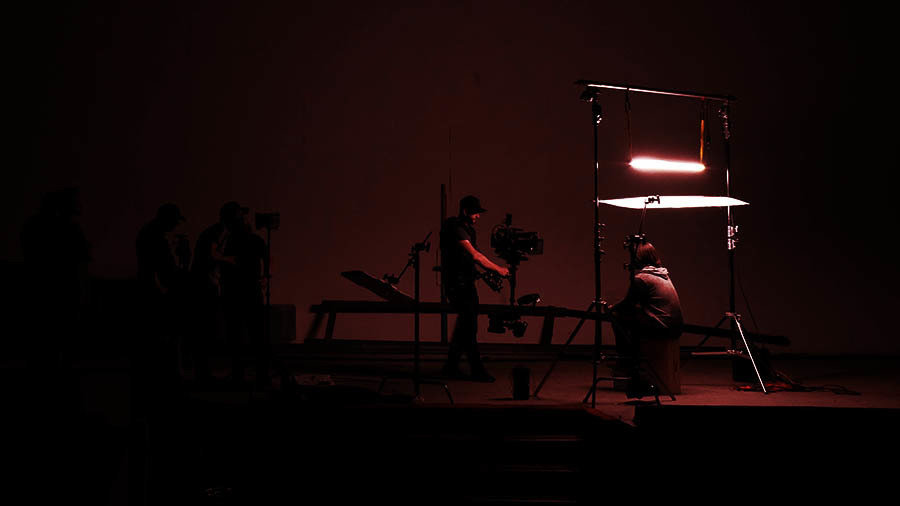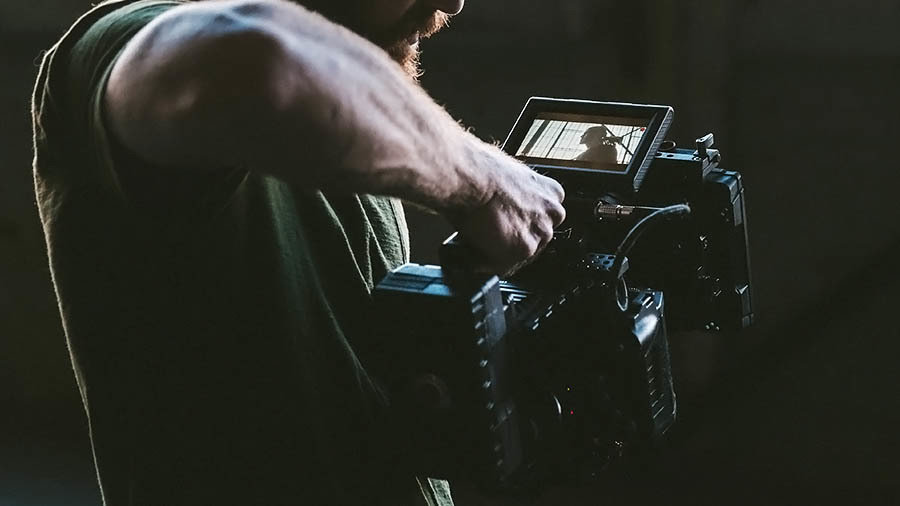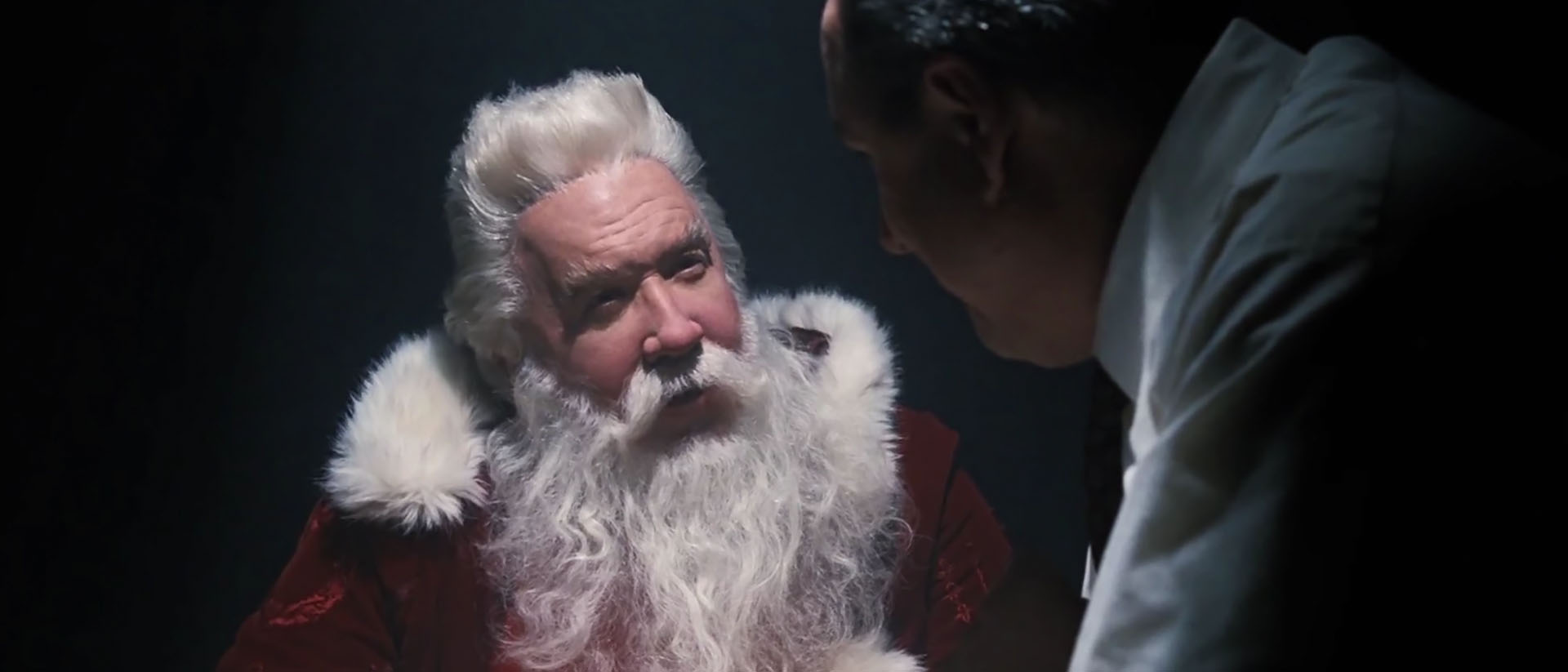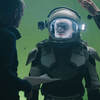The Power Of Tone: Making Your Film's Story More Engaging
January 9, 2018
Ben Thompson
Here at ActionVFX, we are committed to empowering today's visual effects community with best-in-class storytelling resources. In this new ActionVFX “Power” Blog Series, we will discuss several key elements that will not only challenge and equip you as a visual storyteller, but engage critical thinking to ensure your story is as powerful as possible. We will begin this series by exploring The Power of Tone.
So you have the final draft of your script, your locations have all been scouted, talent has been selected, and your cinematographer is picking up the rental camera today. Months – maybe even years – have gone into preparing for this project, and your first shoot begins tomorrow. You're making an action movie… but have you ever considered why? What is it about this specific genre that lends itself to making your story the best it can be?
Maybe you simply set out to make an action movie to fulfill a childhood dream, and the script was formulated around the genre. Maybe your script was the driving force behind selecting the genre. But have you ever asked, “What would my story look like if it were another genre entirely?”
Take a look at the original trailer for Disney's “The Santa Clause” below:
If you've seen “The Santa Clause,” you'll know there was no additional footage in the fake “thriller” trailer that wasn't in the original movie. So what changed between the first and second trailers? Tone.
What is tone? In the world of filmmaking, tone is an invisible thread that weaves its way throughout a story, and encompasses everything from cinematography, editing, visual effects, music, sound effects, lighting, directing, and even acting. This invisible thread is what engages the audience emotionally, and takes them where you want them to go. Tone is a dynamic, intangible undercurrent that propels the audience's immersion in a world of illusion, sweeping them away into an ocean of movie magic. When properly utilized, tone can transcend the act of simply watching a movie, and make it an unforgettable experience.

Your gritty action short about a bomb squad might end up working even better as a light-hearted comedy. Your funny action movie might be even more powerful as a melancholy thriller. Whatever you've envisioned your film becoming, consider the tone you want to convey to the audience throughout the film.
Tone can change from scene to scene, so ensure each moment is carefully crafted to achieve what you want it to. Remember the roles cinematography, editing, visual effects, music, sound effects, lighting, directing, and acting all play during the production of your film, and strive to harmonize each one to match your desired tone.

Another advantage of considering tone when producing your film, is that it affords you the opportunity to set your story apart from similar movies, by approaching the story from a unique perspective. Movies like Christopher Nolan's “The Prestige,” “Interstellar,” and “Dunkirk” all utilize chronological disorder to serve the tone of each story in exciting and surprising ways. This manipulation of time is something Christopher Nolan is well-known for, and by doing so, he has established his own brand of filmmaking that really stands out in Hollywood.

Updated 1/16/2018: Article has been updated to clarify "sound" encompasses music, as well as sound effects.
First time here? ActionVFX creates action stock footage for VFX and filmmaking. (We also have some great free stuff!)
Remember to connect with us on our social networks to stay updated on our latest news, giveaways, announcements and more!



